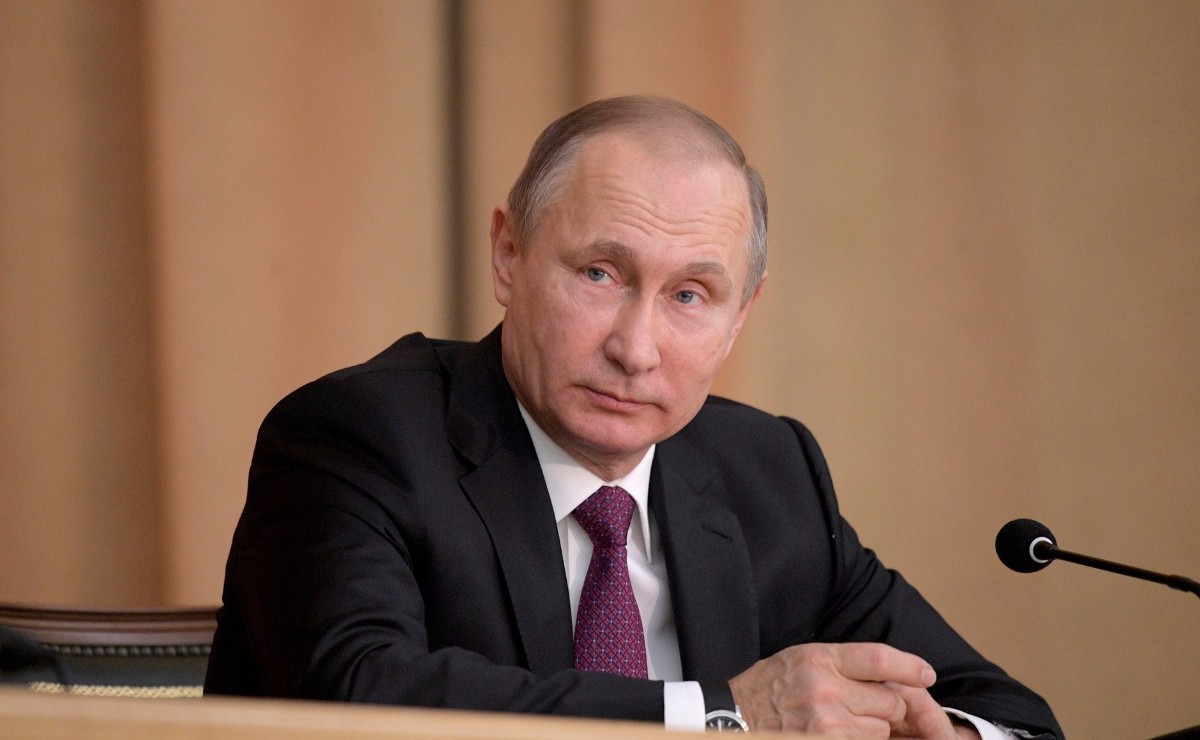 Photo Credit: www.kremlin.ru
Photo Credit: www.kremlin.ru
4 Reasons Why Your Putin Theory is Wrong
Much of NATO and the Western world was put on edge this past month by Russia’s Zapad–17 military exercises. Claims had emerged from multiple sources that the wargames would be a cover for Russia to occupy and annex Belarus, or invade Ukraine, among other concerns.
Though it is now clear post–Zapad that Russia worked to deceive NATO and cover up the true scope and size of its exercises, the wargames still passed largely without incident. The panic that surrounded Zapad is a symptom of a fundamental misunderstanding of how Russia–and specifically its President, Vladimir Putin–operates.
While it is impossible to know exactly what a leader is thinking at any given time, there are some common trends in Putin’s behavior that help to understand his reasoning. This list makes no claim of being a comprehensive theory about Putin, but simply offers observations of Putin’s actions to counter how he is often misinterpreted:
1. Putin does not act when he is being actively watched
One of the strongest arguments against alarmist attitudes on Zapad was that Putin was never going to annex Belarus or invade Ukraine while people were publicly suggesting the possibility in the international media.
If you look back at the recent history of armed Russian intervention outside its borders, it has occurred most often when Russia’s rivals and adversaries were distracted. Russia’s 2008 war with Georgia occurred during both the Summer Olympics and the 2008 US presidential campaign. The invasion of Crimea also followed the 2014 Winter Olympics, while Russia’s airstrikes in Syria began in the midst of the 2016 US presidential primary campaigns. Timing matters, and Putin’s best time is not when voices are loudly wondering on cable news: “will he invade ‘country X’?”
2. Putin uses military force sparingly
The threat of further Russian aggression has been NATO’s primary concern following Russia’s recent actions in Ukraine and Syria. But it is important to remember that Putin has not used force frequently. Georgia, Ukraine, and Syria are the only instances where Putin has sent his forces into battle outside of Russia during his rule–with Syria being the first time Russia has sent troops into combat outside the former Communist bloc since the end of the Cold War.
What this demonstrates is that Putin is not quick to use force outside of Russia. When he does use force, he does so selectively and quickly, aiming to get the most he can out of it with minimal effort. A mindful Russia watcher would do well to consider if Putin has other, viable political or economic options available short of war.
3. Putin acts when his adversaries are weak or indecisive
After President Obama opted not to strike Syria without Congressional support in 2013, despite Assad’s crossing of the chemical weapons “red line” he set, Putin saw a weakness and capitalized on it. He did the same when the West failed to quickly create a united front regarding Georgia or Ukraine in 2008 and 2014.
Putin has demonstrated repeatedly that when rivals and adversaries do not have the ability or will to act in an area of Russian interest, or cannot decide on how to act in said area, he is more likely to take the initiative. He puts his adversaries on the defensive, forcing them to react to his moves and giving him control over the entire situation.
4. Putin acts when he can complicate his adversaries’ goals
In recent years it has become obvious that Putin views international relations as a “zero–sum game” where one gains power at the expense of one’s enemies. Putin views certain Western actions as harmful to Russia in denying it its rightful global status and position, and subsequently sees Russian gains as weakening Russia’s Western rivals.
Before Russia intervened in the Syrian Civil War, Bashar al–Assad’s survival was in doubt, besieged by both Islamic State and Western backed moderate rebels. Now the entire balance of power in the Middle East may be affected by Russia’s intervention, and not in the United States’ favor. The lesson here: pay close attention to any key policy interests that are within arm’s reach of Putin.
Vladimir Putin is not the boogeyman of international relations, but he is a leader that is more predictable than some realize. Staying aware of trends in his behavior may not get one inside his head, but will help to make more reasoned, rational guesses about how he may act against Russia’s adversaries and rivals going forward.





